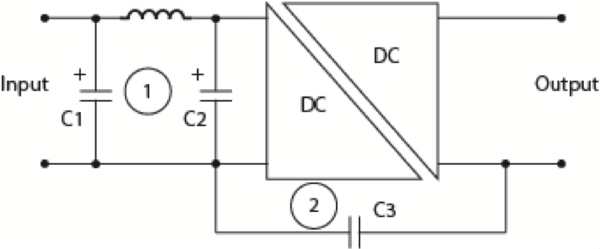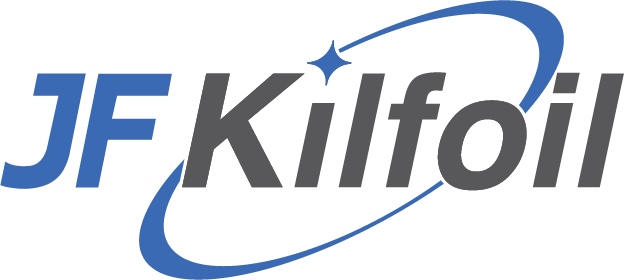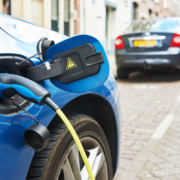Knowles – Looking Closer at Filter Capacitors in Electric Vehicles
In electric vehicle (EV) applications, filter capacitors are a special type of component commonly used as input and output capacitors. Also known as noise suppression or electromagnetic interference (EMI) filters, these particular capacitors act to remove noise and other unwanted signals on the line. On the high voltage alternating current (AC) side of a system, the capacitors often provide EMI filtering, whereas, on the direct current (DC) side of a subsystem, they serve to smooth ripple components of the AC and filter out noise.
When dealing with high-voltage EV subsystems, Class X and Class Y safety-certified capacitors are chosen primarily for their extreme reliability and compliance with UL, TÜV, CSA, VDE, and other international safety specifications. Class X capacitors are placed between line and neutral, and Class Y capacitors are placed between line and ground, with several subcategories for each class depending on their rated voltage and peak impulse voltage. For EV applications, we commonly recommend Class Y2/X1, X1, and X2 capacitors that are approved for mains AC voltages up to 250 Vac.

Table 1. Subclass ratings for Class X and Class Y capacitors
As seen in Figure 1’s EV battery management system (BMS), Class Y safety capacitors at the high voltage bus and Class X safety capacitors for each cell module are added for protection from EMI noise disturbance. Plus, they can offer electric leakage protection of high-voltage systems via insulation resistance monitoring with an RC circuit. Specific capacitor recommendations depend on whether the BMS is being used in an electric bus or passenger vehicle.

Figure 1. Simplified circuit diagram of a high-voltage battery pack integrated with BMS
Class X and Class Y capacitors are mostly commonly available as ceramic or plastic film RFI/EMI suppression capacitors but given the high temperature and tiny size requirements for certain EV subsystems, multilayer ceramic capacitors (MLCCs) are the only viable option that won’t melt away in such harsh operating conditions.
Another example of filter capacitors in electric vehicles comes from the DC/DC converter subsystem – which is responsible for transferring energy between the high voltage battery and low voltage (e.g., 12V) systems like infotainment, sensor, and safety systems, sensors.

Figure 2. Circuit diagram for isolated DC/DC converter subsystem
In Figure 2, the EMI filter or input capacitors C1 and C2 are used for noise countermeasures and require very high capacitance, such as our 250V-1.2kV, 100nF-1µF X7R StackiCap capacitor. The primary-secondary coupling capacitor C3 connects the primary and secondary ground lines to reduce the common mode noise in the secondary side caused by the primary side switching noise. This capacitor requires a high voltage rating equal to the insulation voltage of the transformer but can have lower capacitance values, so we might recommend a safety-certified Class Y2 1kV-2kV, 2.2nF-4.7nF MLCC.
Clearly, filter capacitors play a huge role in EV subsystems and must meet unique requirements as demanded by the application and industry certifications. For more information, contact us to discuss your specific use case or read our white paper Considerations for Selecting Automotive-Grade Multilayer Ceramic Capacitors in Electric Vehicles.








